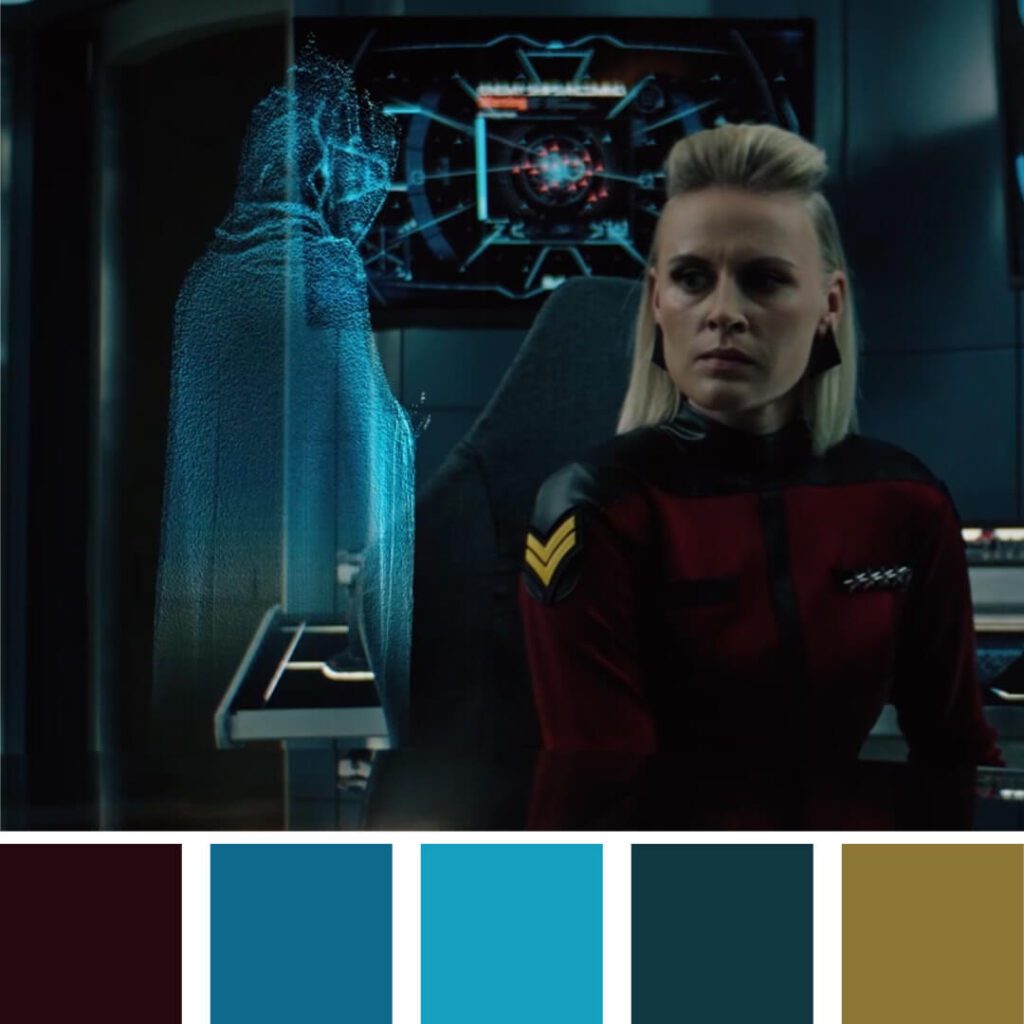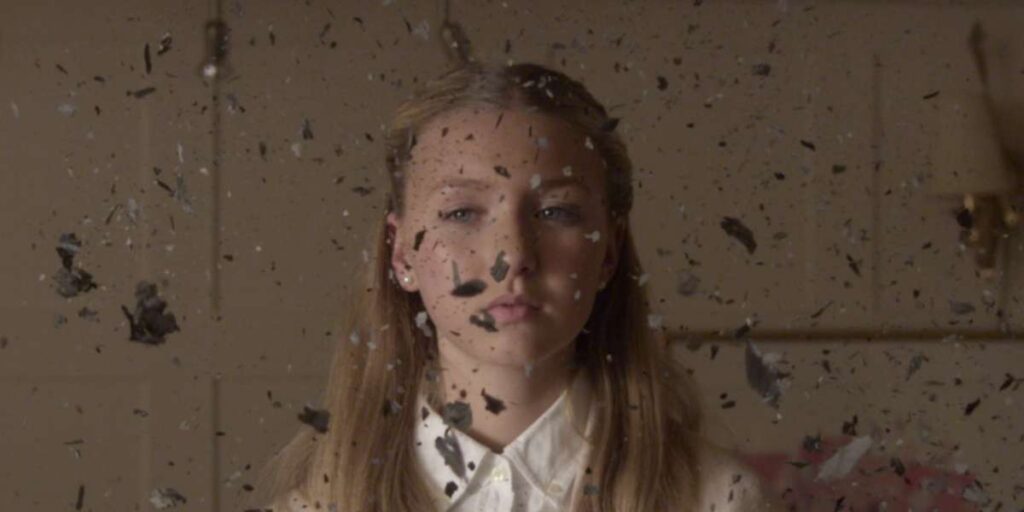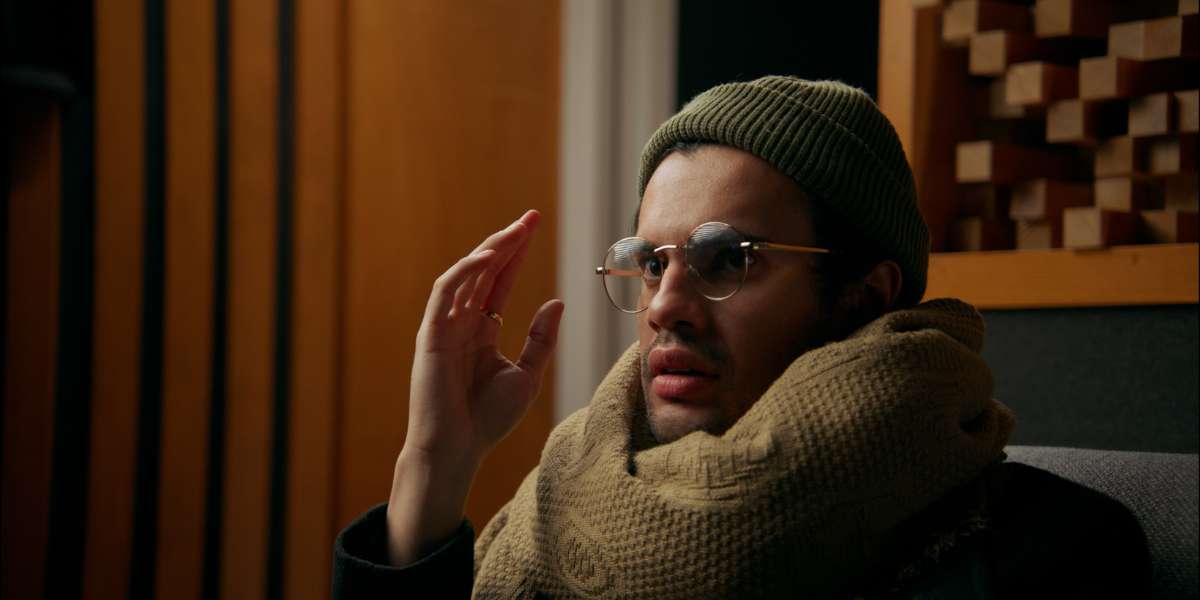Color theory in films holds immense power in enhancing the cinematic experience.
Discover the Impact of color theory in film and How colors influence the audience’s mood. By understanding the psychological impact of colors, filmmakers can strategically use color palettes to manipulate moods, convey meaning, and create a deeper connection with the audience.
Color Theory and Audience Mood
Color choices can create subtle emotional responses in the audience, often without them even realizing it. The three key components of color: hue, saturation, and brightness. Each of these elements contributes to the impact colors have on the audience. Certain colors can elicit predictably similar reactions from viewers. For example, a strong red color has been found to raise blood pressure, while blue creates a calming effect. This understanding of color psychology is evident in the work of filmmakers like Stanley Kubrick, who expertly uses color to create unforgettable scenes and images.


The Importance of Color Palette
Why Does It Matter in Film and Storytelling?
A well-designed color palette plays a crucial role in enhancing the visual coherence of a film and adding layers of meaning to the story. A consistent color palette sets the film’s atmosphere, theme, and even the emotional arcs of its characters.
Complementary colors and types of color schemes can achieve a sense of balance and visual harmony. While having every image in a movie be red might not seem balanced, using complementary colors like blue and orange can actually create a well-balanced color palette.
This involves extending a single base hue by using different shades, tones, and tints. For example, in Wes Anderson’s film The Grand Budapest Hotel, a monochromatic color scheme was utilized, with light pink transitioning to deeper purples. This technique maintains the chosen color tone while allowing for contrast within it, creating a harmonious feeling.

How Filmmakers Utilize Color Symbolism to Enhance Storytelling?
Colors hold symbolic associations that can reinforce character traits, plot developments, and thematic elements.
The color red often symbolizes passion, danger, or anger, while blue signifies tranquility, melancholy, or coldness. These symbolic associations are strategically employed to deepen the storytelling and engage the audience on a subconscious level.
By understanding how different colors interact and using them strategically, filmmakers can achieve visual harmony and enhance the overall storytelling experience.
Follow us for more:


